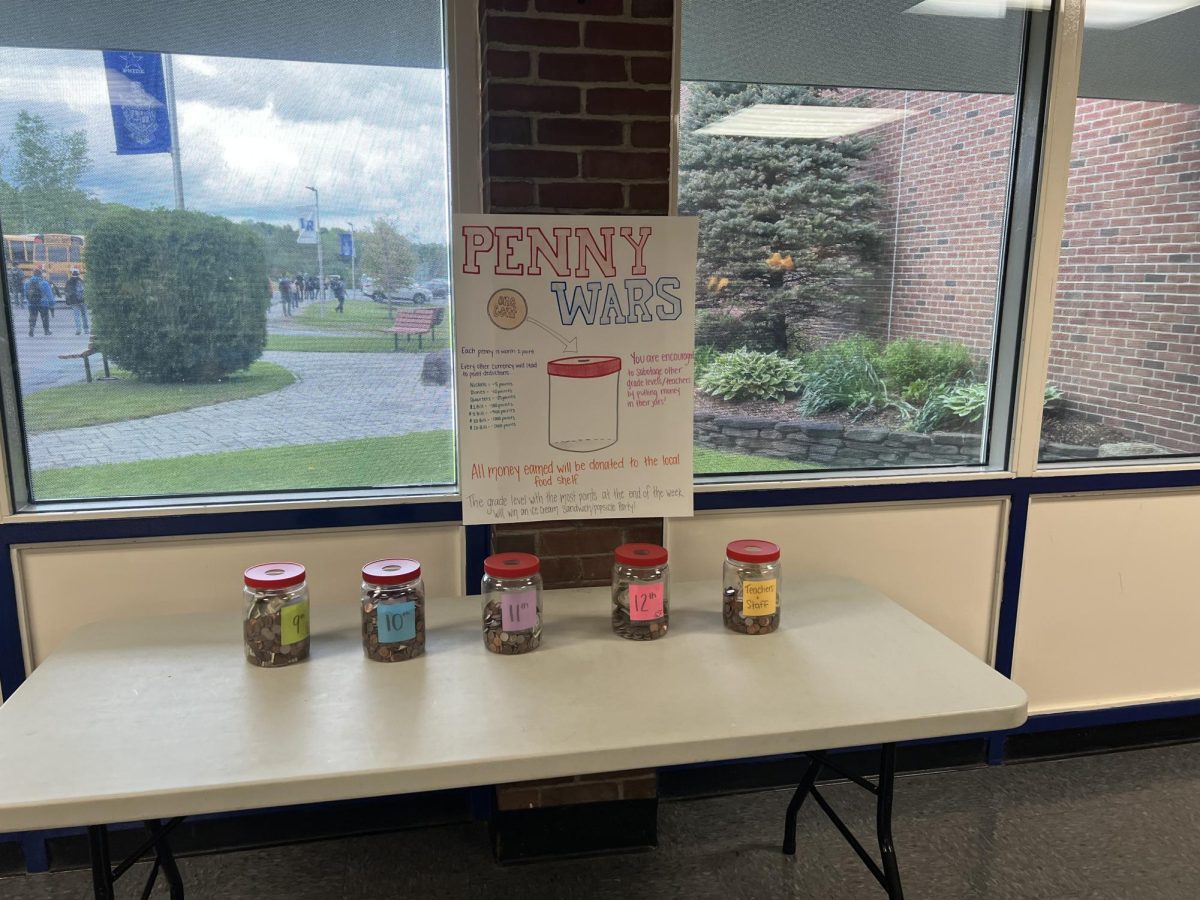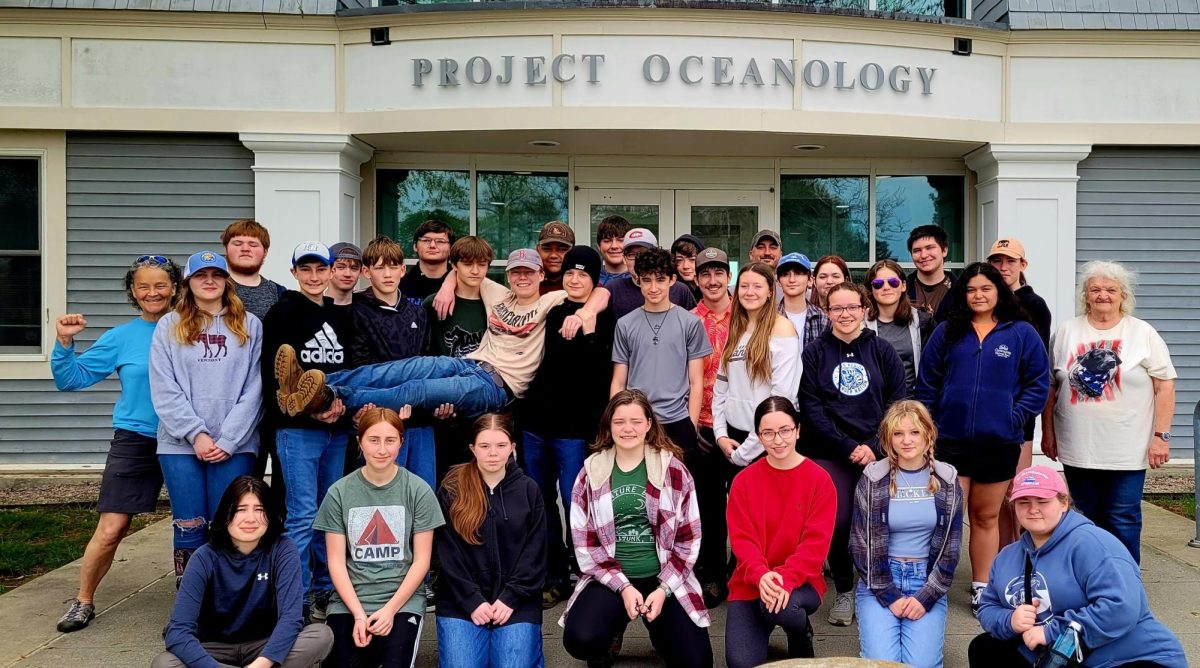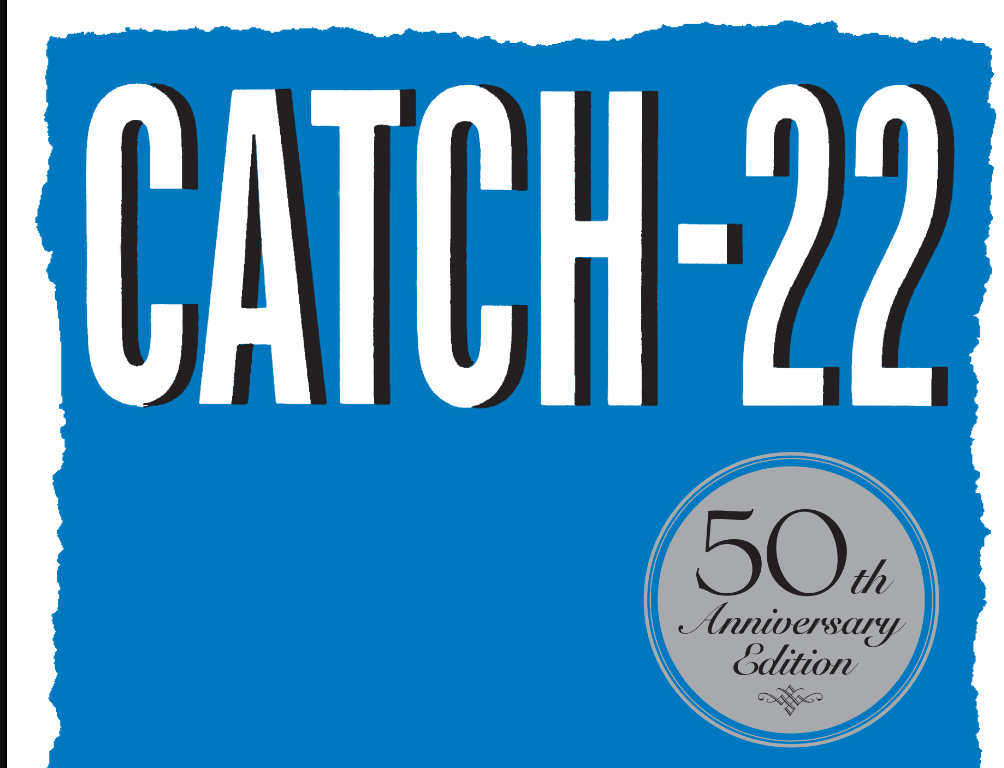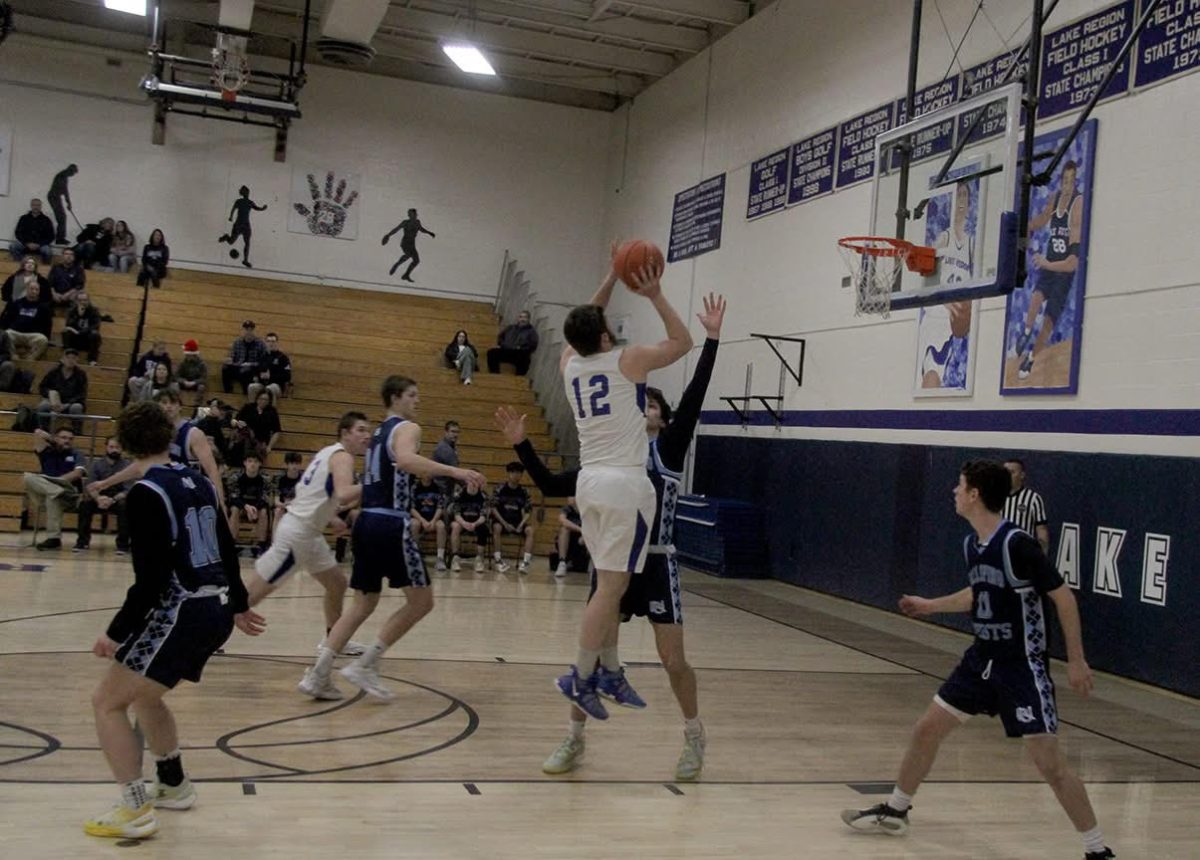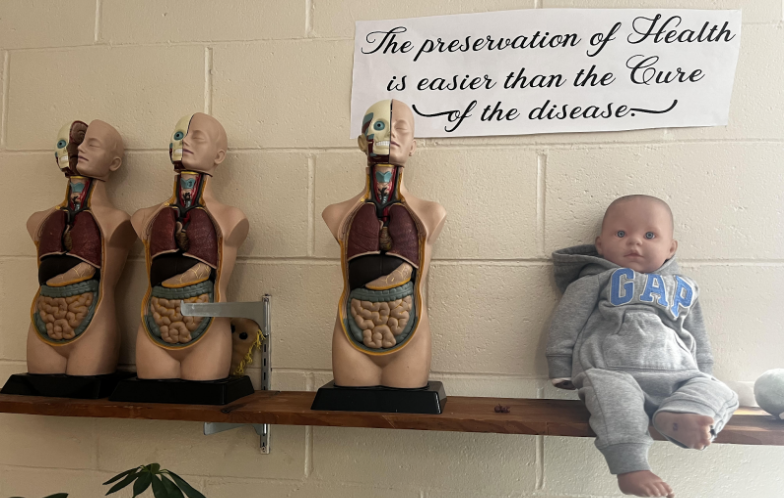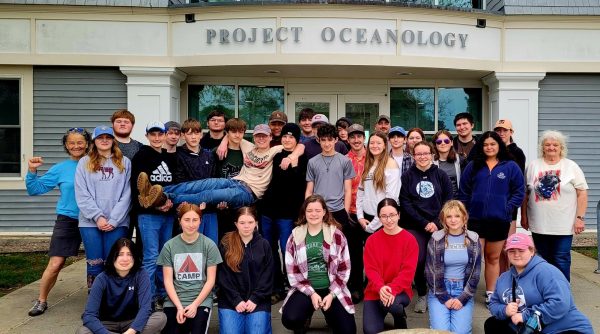Sex Ed Before LR
How do you remember your first ever Sex Ed class, or the first time you ever heard the words: condom, STD, relationship? You probably don’t remember all these things, at least not the first time you ever heard them, and that’s because all of this has turned into common talking points among teens. We talk about what these things mean, or at least in our minds, but do we really have an understanding of what it is. That is why we have a class specifically meant to inform us; Sex Ed.
It is just a fact of life at this point that teenagers are curious about their bodies and want to have new experiences. According to The Virginia Department of Health, the majority of teens are first having sex between the ages of 15-17, the age of the average high schooler. Since there are students in high school having sexual encounters anyway they should have proper education about not only how to have safe encounters but also know how to recongnize safe relationships with the people around them.
So What is Sex Ed?
Sex ed, or Sex Education is “is the instruction of issues relating to human sexuality, including emotional relations and responsibilities, human sexual anatomy, sexual activity, sexual reproduction, age of consent, reproductive health, reproductive rights, sexual health, safe sex and birth control.” (wikipedia) Some of these terms open up to broader topics, they are not just black and white as one may think. Topics like emotional relations and responsibilities, the idea of health, rights, and being safe, everything mentioned applies to everybody in a different way and that is not followed up on in some of our schools curriculums.
Some people make the argument that an abstinence-only sex education is how students should be learning, or that kids only need to know the “mechanics” of what a pregnancy entails, but proper Sex Ed. reaches so much farther than just the basic dos and don’ts. Students need to have a curriculum where they are comfortable to ask their questions, they need to find ways to be confident in their interactions. Schools are teaching the meaning of consent, healthy relationships in the LGBTQ+ community, the spectrum of what sex means to people. These topics should not be made scary or shameful but something that is easy to talk about with someone who has answers
What Has Changed
In the past Sex Ed. classes have been taught by gym teachers or school counselors who played slideshows or videos given to them for the students. Recently, however, a new law has been passed in the state of Vermont, Act 157 of 2020, has required all public high schools and middle schools to provide access to condoms for all students. This has made big steps for schools that don’t do much for their Sex Ed. courses because now students have the resources to make safe decisions, but they still need more than that.
After contacting counselors from each elementary and middle school in the district it was found that as of now we have a few schools that have been bringing in outside resources. Orleans, Irasburg, and Browington have all been brings in either Nurses or OBGYNs to talk to student and discuss topics from sexual health and protection to healthy relationships and consent(Lesley E. Rae Larsen and Rory O. Carr some of the aforementioned speakers). This method of teaching middle schoolers their Sex Ed. has been relatively new in the past few years. The only downside is that they get this “class” only once every school year depending on what grade they are in.
So Why is it Important?
According to the National Association of School Nurses, “Evidence-based sexual health education can improve academic success; prevent dating violence, and bullying; help youth develop healthier relationships; delay sexual initiation; reduce unplanned pregnancy, HIV, and other STIs; and reduce sexual health disparities among LGBTQ youth (Szydlowski, 2015b).”
“The National Sexuality Education Standards recommend that an evidence-based sexual health education program include the following characteristics (FOSE, 2012, p.9):
- Focuses on specific behavioral outcomes;
- Addresses individual values and group norms that support health‐enhancing behaviors;
- Focuses on increasing personal perceptions of risk and harmfulness of engaging in specific health risk behaviors, as well as reinforcing protective factors;
- Addresses social pressures and influences;
- Builds personal and social competence;
- Provides functional knowledge that is basic, accurate and directly contributes to health‐promoting decisions and behaviors;
- Uses strategies designed to personalize information and engage students;
- Provides age‐ and developmentally appropriate information, learning strategies, teaching methods and materials;
- Incorporates learning strategies, teaching methods, and materials that are culturally inclusive;
- Provides adequate time for instruction and learning;
- Provides opportunities to reinforce skills and positive health behaviors;
- Provides opportunities to make connections with other influential persons; and
- Includes teacher information and plans for professional development and training to enhance effectiveness of instruction and student learning.”
Today there is no overreaching Sex Ed. curriculum that reaches across all the school in the OCSU district but our middle/elementary schools have recognized the lacking of Sex Ed. and have done something about it.
Sylvia Brownlow is the Ranger Post Student Editor. She has been a part of the Ranger post going on 3 years at Lake Region. She is a senior that has the...
